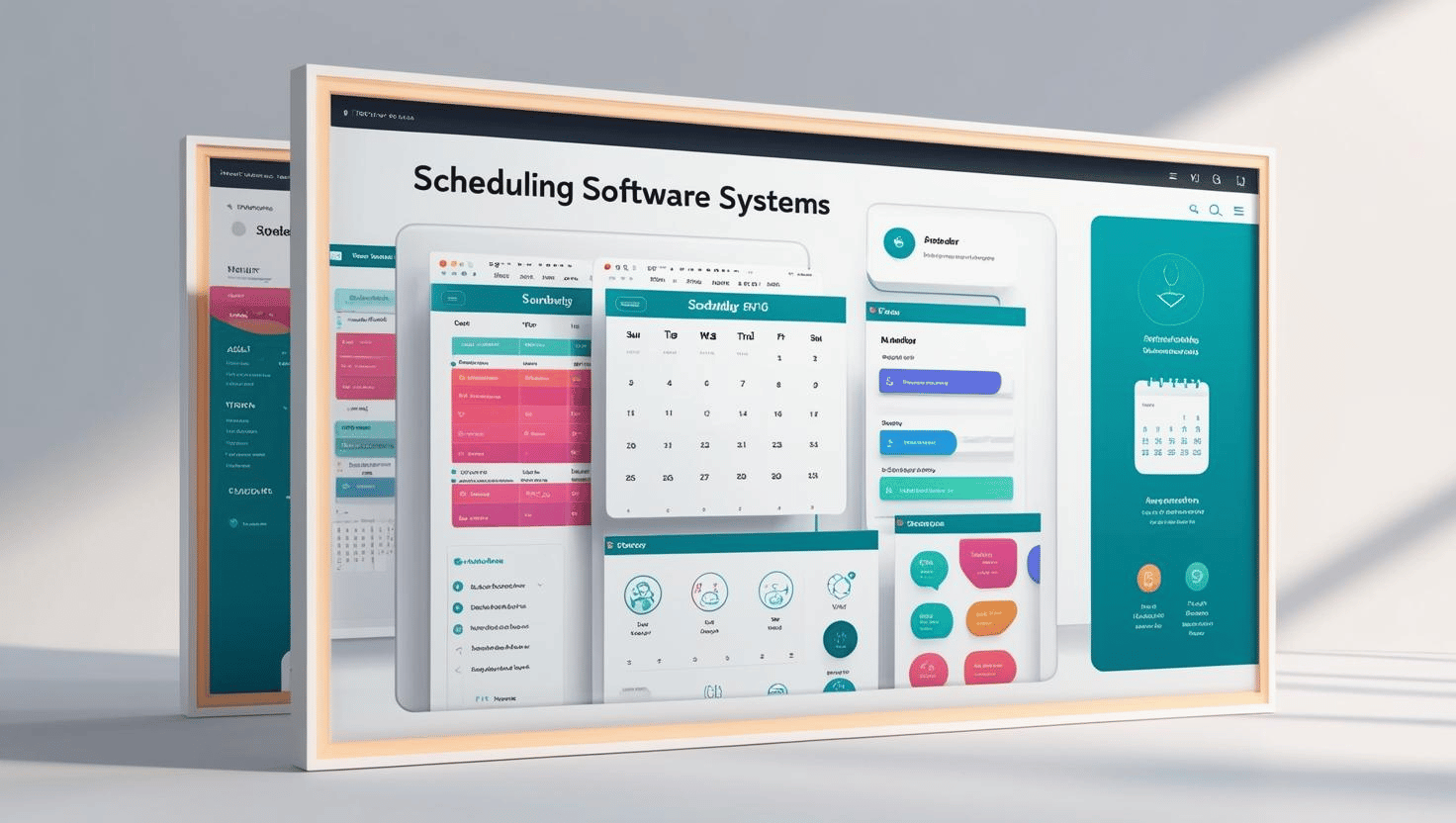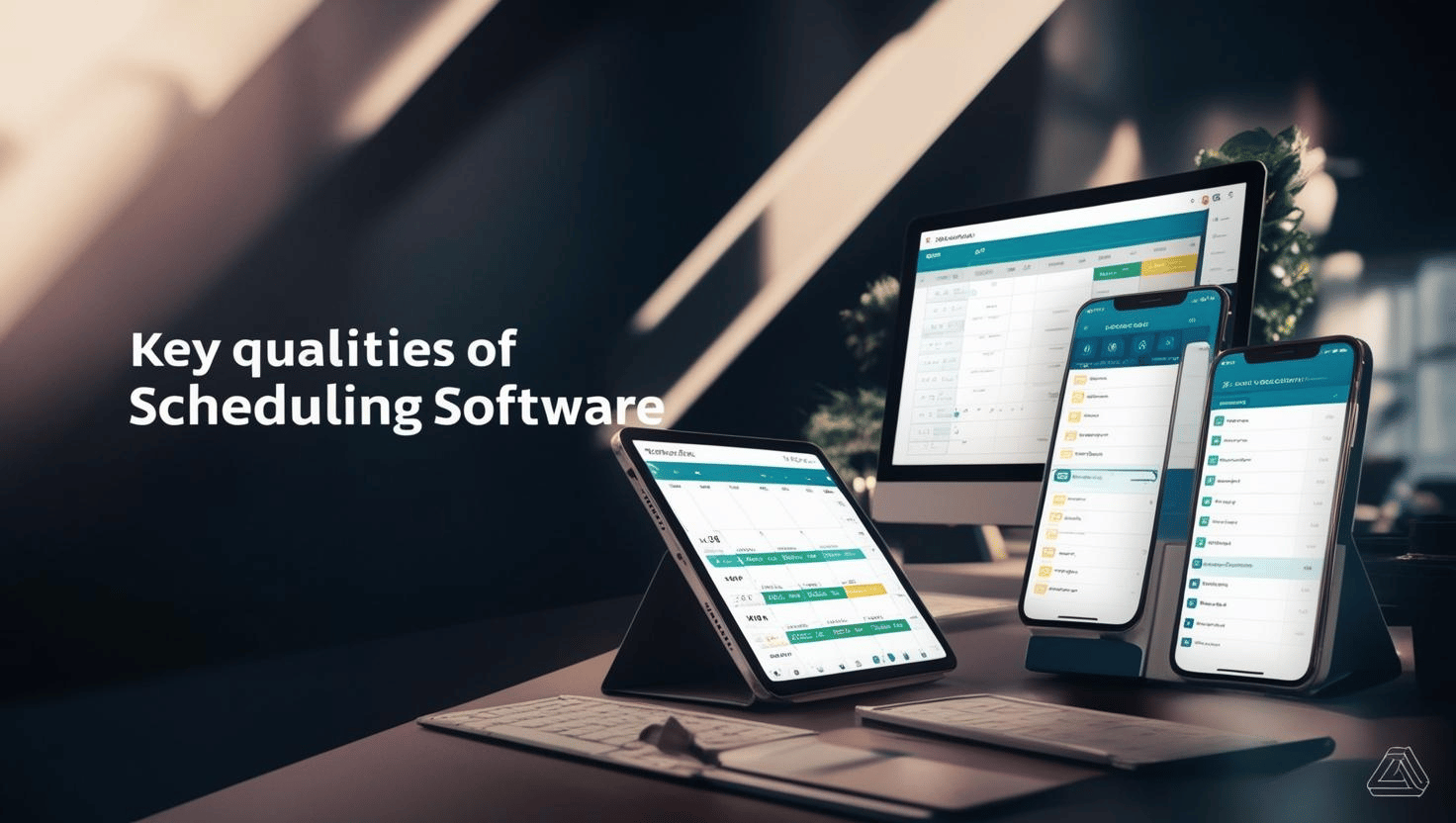
Which software system would be utilized to schedule patient appointments
Every doctor and healthcare provider requires a tool to organize appointments and patient treatment in the modern hectic life. An effective appointment scheduling system is not only organizational effective but also has an added organizational benefit of increasing patient satisfaction. It makes scheduling of patient appointments as one of the crucial jobs in healthcare facilities management. To enhance this goal, several software systems can be used on the market. In this article, the reader will be exposed to some of these systems and their many options.
1. The system should facilitate using a checklist
To understand the software systems needed, we first need to know the need for scheduling software. The system should be easy to use for a user dependent upon that practice, offer integration for systems integrators if desired, and adapt to different medical practices. Furthermore, the organized system controlling the care of many other aspects of the patient’s treatment course should incorporate patient data, appointments, and follow-up.
User-Friendliness
The three qualities of software usability state that good software is easy to learn, easy to remember, and easy to use. Reducing the learning curve would allow the firm to operate efficiently.
Integration Capabilities
It should also mean and be integrated with other healthcare software used in the organization such as Electronic Health Records (EHRs) and Practice Management Systems (PMS). This would shorten the process of the entire health care process by reducing the duplicates of data and at the same time ease in efficiency of the entire health care system.
Customization Options
Every medical practice is different; there are specific need and a scheduling solution that can meet their need has to be found. For instance, the software can be customized, to meet the branding of the practice or to meet the needs of certain types of appointments.
Managing Patient Care
An ideal scheduling system should be on the capacity to schedule appointment, remind the patient, and follow up. It would reduce the strains on the health care system and improve overall healthcare for many patients.
2. Kinds of Scheduling Software Systems
Just like any other software solution, there are many scheduling system options for prospective buyers in the market.

Some of the popular ones include:
Scheduling Systems on the Cloud
Electronic scheduling can be web based and therefore makes access to patient information and schedules convenient, regardless of the healthcare professional’s location. Often, they are defined as facilities such as online scheduling for appointment, programmed scheduling of appointment reminders, and patient interface tools. Readily available cloud scheduling systems include web-based scheduling systems such as Acuity Scheduling, Setmore, and Calendly.
Modern Schedules On-Premises Systems
On-premises scheduling systems often referred to as desktop-based systems are centrally located on a practice’s server. Such programs provide even more robust security and full privacy of the data that is not to be stored within a remote server. Some of the eminent on-premises scheduling systems are Snap Schedule, Flashliner, Dovetail etc.
Hybrid Scheduling Systems
Cloud based hybrid schedule systems incorporate both cloud and on-premise scheduling systems. Such systems allow the healthcare practitioners to keep patient’s information and schedules in the cloud without worrying about the cloud data security and privacy because the cloud system can run locally. Some familiar hybrid scheduling systems are Practice Fusion, Kareo and NextGen Healthcare.
3. Qualities and Elements to Consider in a Scheduling Software
It is essential to understand how the software should optimally address the practice’s needs when selecting a scheduling software.

Some of the features to look for include:
Appointment Scheduling
The software should have easy to use calendar where the practitioners can manage their appointments or meetings either to add, change, or remove with ease. This knowledge base should also include various calendar display modes and group scheduling of appointments for use in multiple provider practices.
Online Appointment Booking
This way to allow patients to book appointments online can help to save a lot of time and increase non-clogs satisfaction. In this light, the scheduling software should, therefore, have an easy to find online booking page where the patients of the health facility can access it easily.
Appointment Reminders
The reduction of no shows and increased compliance on appointments have been proven through number dials. The software should have several ways to remind such as through email, short message service, or call and this should be personalized according to the patient’s preference regarding the reminder type.
Patient Communication Tools
Interpersonal communication is essential and widespread in a healthcare setting. For example, the scheduling software must have a feedback form for patients along with reminder emails on the schedule and follow up messages after a visit.
Reporting and Analytics
The software should include reporting and analytics, and should provide a high amount of data about adherence to scheduled appointments, statistics on client retention and practice performance.

